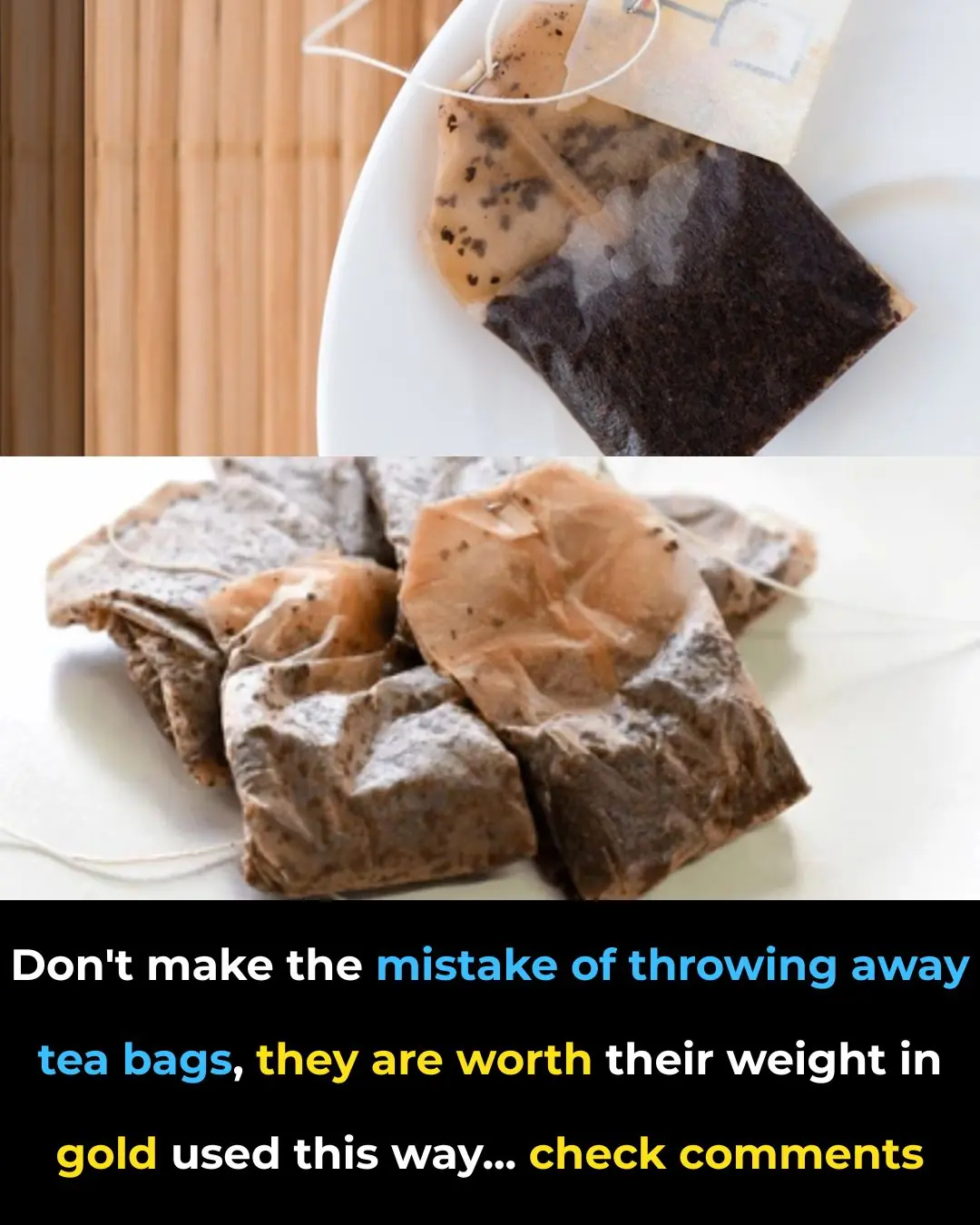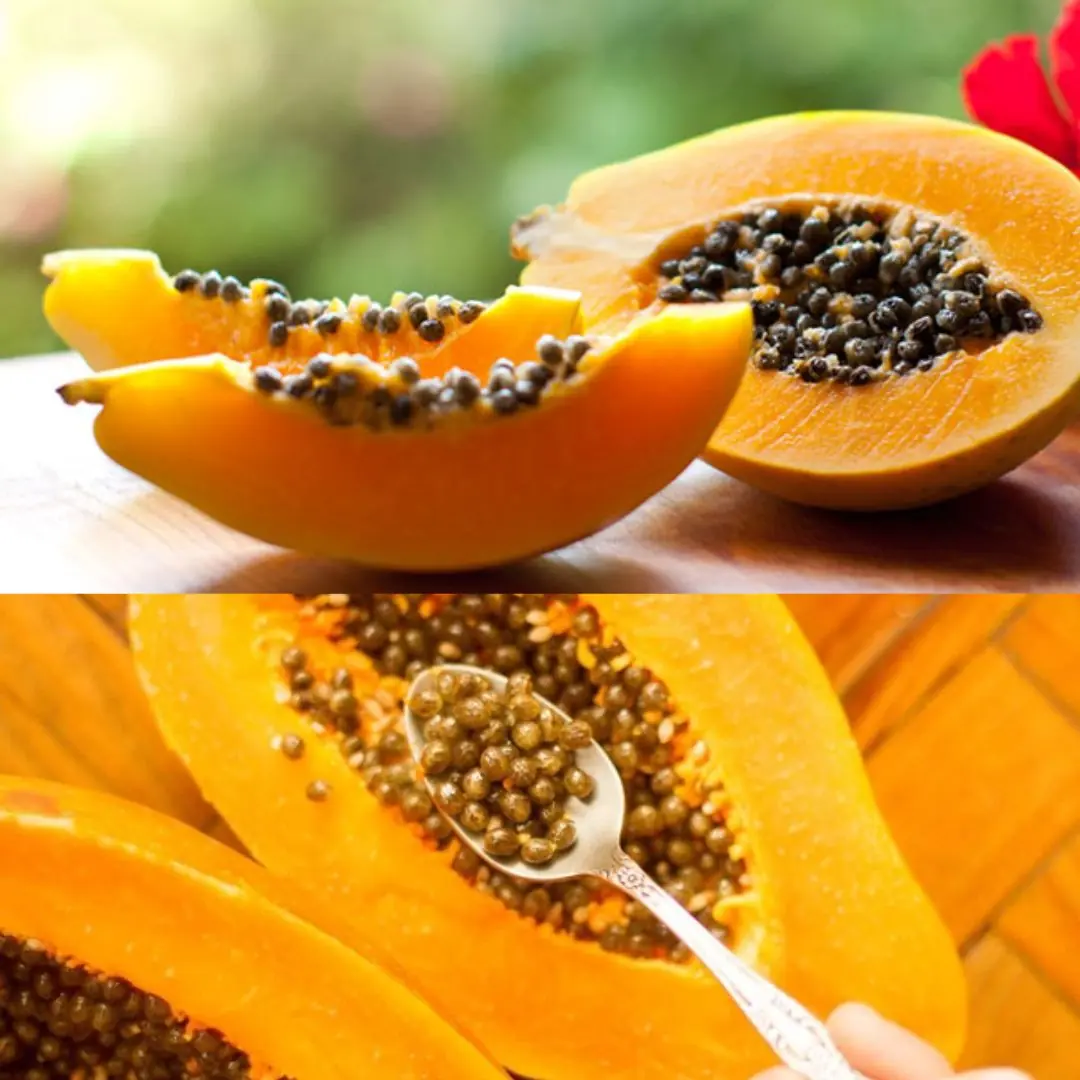
Maple Trees from Root to Crown: A Complete Guide to Every Edible Part
Maples are famous for syrup, but the tree offers far more. From late-winter sap to spring blossoms, tender young leaves, winged seeds, aromatic twigs, and even (in true emergencies) the inner bark—each part has its own flavor, benefits, and best ways to use it at home. Below is a practical, field-ready guide designed for foragers, gardeners, and homesteaders who want to make the most of maple—safely and respectfully.
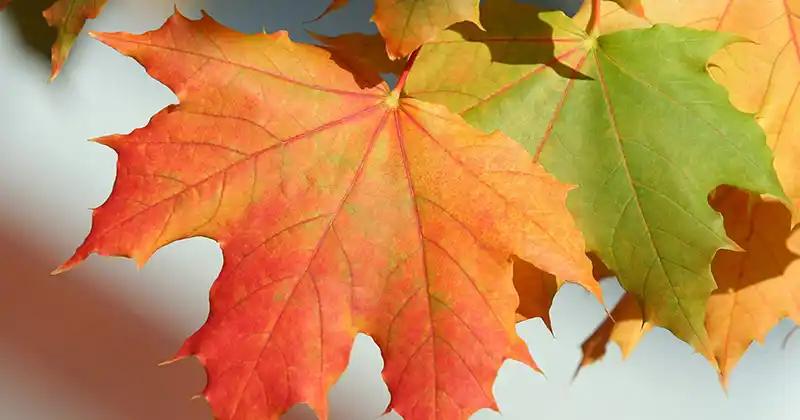
Before You Start: Safety, Species & Ethics
- Species: Sugar maple (Acer saccharum) is the gold standard for sweetness, but red, silver, black, bigleaf, and boxelder maples are also usable. Ornamental maples (like sycamore maple in the UK) can be used, but expect lower sweetness and more bitterness.
- Avoid contamination: Don’t harvest near busy roads, treated lawns, or polluted sites.
- Allergies & sensitivities: Pollen (flowers) and raw sap can bother sensitive stomachs. Introduce small amounts first.
- Tree care: Never overharvest. Do not remove live bark unless it’s a survival situation—it can kill the tree. Follow diameter/tap limits when collecting sap.
1) Maple Sap (Late Winter–Early Spring)
What it is: Slightly sweet xylem sap that rises when nights dip below freezing and days rise above freezing.
Key Benefits
- Hydrating minerals: Naturally contains electrolytes (e.g., manganese, potassium) that support hydration.
- Light, clean energy: Gentle sugars offer mild, steady energy—less spiky than refined sugar.
- Spring tonic tradition: Enjoyed as a seasonal pick-me-up after winter.
- Culinary versatility: Base for syrup, vinegar, beer/cider, shrubs, glazes, and broths.
- Low processing (as “maple water”): A minimally processed alternative to sweetened drinks.
Homemade Uses (Step-by-Step)
A) Drink Fresh (“Maple Water”)
- Collect sap in clean food-grade containers.
- Refrigerate immediately and drink within 24–48 hours.
- Optionally pasteurize (bring to a bare simmer 1–2 minutes, chill fast).
B) Make Syrup (Stovetop)
- Filter sap through a fine cloth.
- Boil in a wide pot (outdoors or with great ventilation). Reduce until it sheets off a spoon.
- Finalize to ~66 Brix (or until it lightly coats a spoon well).
- Hot pack into sterilized bottles and store cool/dark.
C) Sap Vinegar
- Ferment sap with a neutral winemaking yeast to a dry “sap wine.”
- Add raw vinegar “mother” and let acetify 3–6 weeks.
- Strain and bottle. Great for pickles and shrubs.
D) Maple Sap Tea Base
- Simmer sap with lemon peel and ginger 10–15 minutes. Sweet, mineral-bright tea without added sugar.
Storage Tips: Freeze raw sap in clean jugs, leaving headspace. Syrup keeps best refrigerated after opening.
2) Maple Flowers (Early Spring, Pre-Leaf or Just as Leaves Emerge)
What they are: Small yellow-green or reddish tassel-like clusters packed with pollen and subtle nectar.
Key Benefits
- Edible blossoms: Pleasantly mild, slightly sweet/vegetal.
- Spring nutrients: Trace minerals and plant compounds from early growth.
- Crisp texture: Adds seasonal crunch and visual appeal to dishes.
- Foraging variety: A rare, fun culinary flower beyond the usual dandelions and violets.
Homemade Uses
A) Maple Flower Fritters (Crispy Snack)
- Rinse clusters; shake dry.
- Make a light batter (flour + cold sparkling water + pinch of salt).
- Dip clusters; fry in hot oil until crisp.
- Finish with a dust of fine salt or a drizzle of warm maple syrup.
B) Fresh Spring Salad
- Toss flowers with baby greens, toasted nuts/seeds, thin apple slices, and a sap or syrup vinaigrette (3 parts sap vinegar or apple cider vinegar, 1 part maple syrup, pinch salt, whisk in oil).
C) Maple Flower Infusion
- Steep rinsed blossoms in just-off-boil water for 5–7 minutes.
- Strain; sip warm with lemon. Gentle, floral spring tea.
D) Quick Pickled Blossoms
- Pack flowers in a jar, cover with hot brine (1 cup vinegar, 1 cup water, 1 tbsp maple syrup, 1 tsp salt), cool, refrigerate. Use within 2–3 weeks.
3) Maple Buds (Late Winter to Very Early Spring)
What they are: Tight, scaly structures that swell before opening into flowers or leaves. Often bitter, but useful.
Key Benefits
- Concentrated plant compounds: Astringent tannins (useful in tiny culinary doses).
- Flavoring agent: Adds interesting bitter notes for homemade bitters and vinegars.
- Tiny survival nibble: Technically edible, though not a gourmet staple.
Homemade Uses
A) Maple Bud Bitters (Mixology/Cooking)
- Lightly bruise a small handful of buds.
- Macerate in high-proof neutral spirit with orange peel and a few spices (clove, allspice) for 1–2 weeks.
- Strain; use a few drops to finish sauces, vinaigrettes, or cocktails.
B) Bud Vinegar
- Fill a jar ¼ with buds, top with raw apple cider vinegar.
- Steep 2–4 weeks; strain.
- Use sparingly for bitter-bright dressings and marinades.
C) Bud Salt
- Dry buds at very low heat/dehydrator until brittle, grind with sea salt. Use a pinch as a finishing salt on roasted veg.
Tip: Buds are potent—use lightly to avoid overpowering bitterness.
4) Young Maple Leaves (Early to Mid-Spring)
What they are: Tender, newly unfurled leaves (best when very young and soft).
Key Benefits
- Mild greens: Gentle flavor when young; get more tannic with age.
- Fiber + trace nutrients: A seasonal addition to salads or tempura.
- Culinary creativity: Good candidate for pickling and leaf wraps.
Homemade Uses
A) “Momiji-Style” Tempura Leaves
- Choose small, tender leaves. Rinse and pat dry.
- Dip in light tempura batter; fry quickly until crisp.
- Dust with fine salt or a pinch of maple sugar.
B) Quick Pickled Maple Leaves
- Pack tender leaves; pour hot brine (as above for blossoms). Chill. Lovely with cheeses and charcuterie.
C) Leaf Wraps (Dolma-Style)
- Blanch young leaves 10–15 seconds; shock in cold water.
- Fill with cooked rice + herbs + nuts, roll and steam 10 minutes.
- Finish with lemony maple-vinegar dressing.
D) Dry & Powder for Tea
- Dehydrate very young leaves, grind to a coarse powder, steep 5 minutes for a very mild “green” tea.
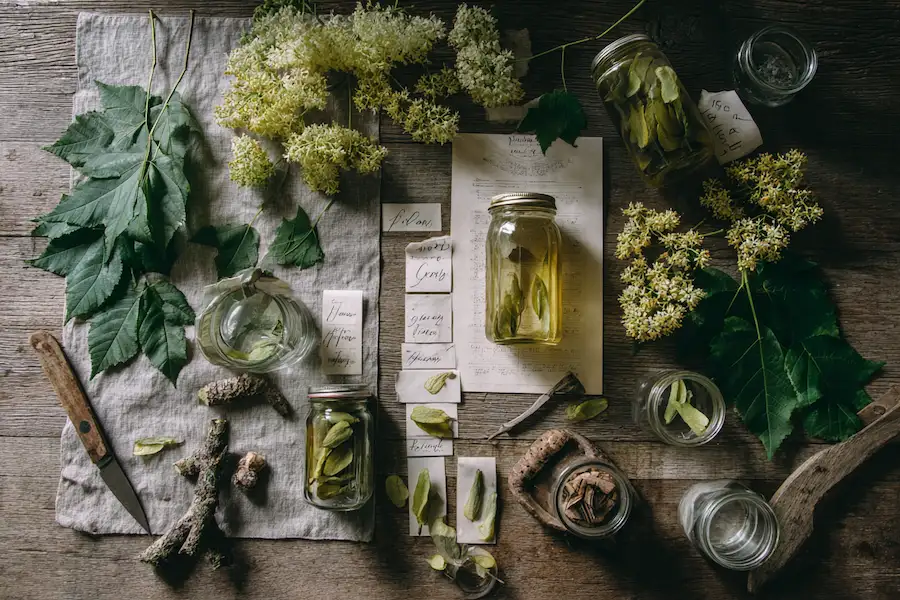
5) Maple Seeds (Samaras / “Helicopters”) (Late Spring–Early Summer, or Autumn Depending on Species)
What they are: Winged seeds; inside the papery pod is a small, nutty kernel (often bitter raw).
Key Benefits
- Foraged protein & fats: More substantial than many wild greens.
- Versatile staple: Roast, boil, or grind for hearty, nutty flavors.
- Pantry extender: Dried seeds can be stored and used like a rustic “nut.”
Homemade Uses
A) De-Bittered Roasted Seeds
- Split wings, extract green kernels.
- Boil 1–2 changes of water (3–5 minutes each) to reduce bitterness.
- Pat dry; roast on a tray at 170–180°C until lightly browned. Salt to taste.
B) Maple Seed “Pesto”
- Pulse boiled/roasted kernels with garlic, oil, a splash of maple vinegar, salt, and herbs. Spread on toast or toss with pasta.
C) Seed Flour
- Dry fully, then grind. Mix 1:3 with wheat or gluten-free flour for rustic pancakes; sweeten with a little maple syrup.
D) Crunchy Snack Mix
- Roast de-bittered seeds with oil, paprika, garlic powder, and a touch of maple syrup; bake until crisp.
6) Twigs & Small Branch Tips (All Year, Best in Late Winter–Spring)
What they are: Young, aromatic growth with a subtle maple/woodsy note.
Key Benefits
- Aromatic infusion: Adds a gentle maple-wood complexity to teas and syrups.
- Zero waste: Uses prunings you’d discard anyway.
- Culinary creativity: Infuse dairy, cream, or simple syrups.
Homemade Uses
A) Maple Twig Tea
- Rinse pencil-thin twigs; cut into 3–5 cm pieces.
- Simmer gently 10–15 minutes; strain.
- Sweeten lightly with maple syrup if desired.
B) Infused Maple Cream
- Warm cream with clean twig pieces (do not boil) 20 minutes; cool, strain, whip or churn into ice cream with a maple syrup swirl.
C) Simple Syrup Infusion
- Simmer equal parts water and sugar with a handful of twig pieces 10 minutes; cool, strain. Use for cocktails and poaching fruit.
7) Inner Bark (Cambium) — Survival-Only
What it is: The living layer under the outer bark. Harvesting damages the tree—avoid unless the tree is already downed or it’s a true emergency.
Key Benefits
- Emergency calories: Starchy, lightly sweet when toasted.
- Historic staple in lean times: Traditionally dried and milled to extend grain flours.
Homemade Uses (If Salvaging from a Fallen Limb)
A) Cambium Chips
- Peel thin ribbons from a freshly fallen limb; never girdle a living tree.
- Rinse, then toast low and slow until crisp.
- Eat as crunchy “chips” or crumble into soups for body.
B) Cambium Flour
- Dry fully, grind to powder, and mix 1:4 with other flours for rustic breads or crackers. Expect mild, woodsy notes.
Ethical note: Stick to fallen wood only. Your tree—and the forest—will thank you.
Seasonal Harvest Calendar (Quick Glance)
- Late Winter–Early Spring: Sap, swelling buds, first flowers.
- Early–Mid Spring: Flowers peak; young leaves best.
- Late Spring–Early Summer (some species)/Autumn (others): Seeds (samaras) mature.
- Year-Round (pruning season best): Twigs for infusions.
- Fallen limbs only, anytime: Cambium (survival use).
Maple Kitchen: Smart Pairings & Ideas
- With fruit: Pear, apple, blueberry, and orange all love maple notes.
- With nuts & grains: Walnuts, pecans, toasted oats, buckwheat.
- With savory: Mustard, soy, miso, black pepper, chili, smoked salt.
- Maple glaze: Mix maple syrup + soy/tamari + vinegar + garlic for roasted roots or salmon.
- Spring bowl: Baby greens + maple flowers + roasted maple seeds + sap-vinaigrette.
Storage & Prep Cheat Sheet
- Sap: Refrigerate immediately; use within 24–48h or freeze.
- Syrup: Refrigerate after opening; freeze for long storage.
- Flowers/Leaves: Use fresh; or quick-pickle; or dehydrate gently.
- Seeds: Boil to de-bitter; then dry/roast; store airtight.
- Twigs: Rinse, air-dry; store cool and dry; use for infusions.
- Cambium: Only from fallen wood; dry thoroughly before long storage.
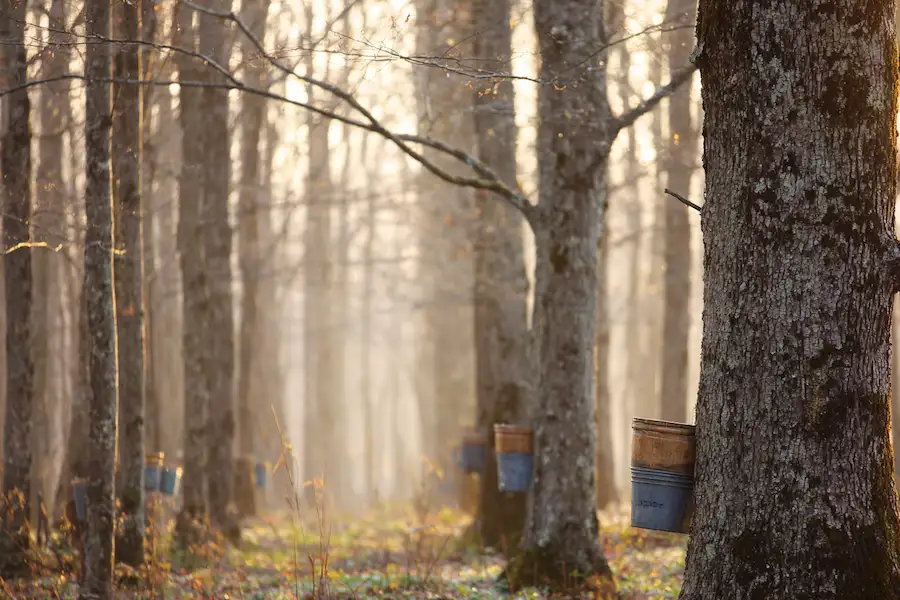
FAQs & Troubleshooting
- Sap tastes “off” or cloudy? It’s fermenting—boil into syrup or discard.
- Bitter seeds after roasting? Boil in 1–2 water changes first; choose greener, younger kernels.
- Flowers look dusty? That’s pollen—rinse gently in a colander; don’t soak long.
- Leaves too tannic? Harvest smaller/younger; blanch briefly; or pickle.
Responsible Harvesting & Final Notes
- Harvest lightly from multiple trees; never strip a single tree.
- Learn your local species and confirm identification before eating.
- Start with small servings of any new wild food to check tolerance.
Disclaimer
This guide is for educational purposes and home use. Maple parts are generally regarded as safe when harvested from clean areas and prepared properly, but individual reactions vary. If you have pollen allergies, kidney issues requiring strict mineral control, or any medical concerns, consult a professional before adding new foraged foods. Never remove bark from a living tree—use only downed wood for cambium in emergencies.
News in the same category

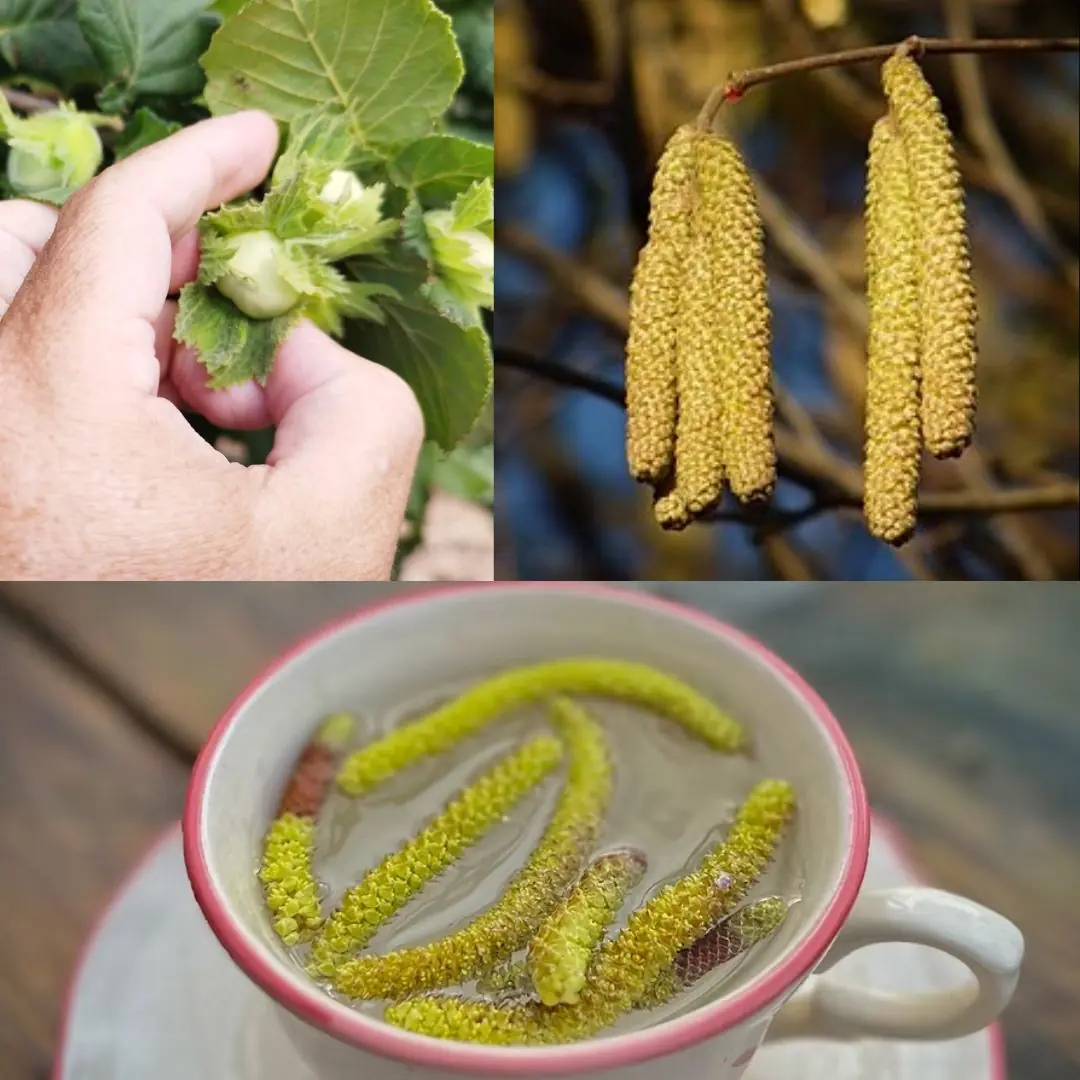
The Wonderful Hazel Tree (Corylus avellana): Nutrition, Healing, and Traditional Uses of Every Part
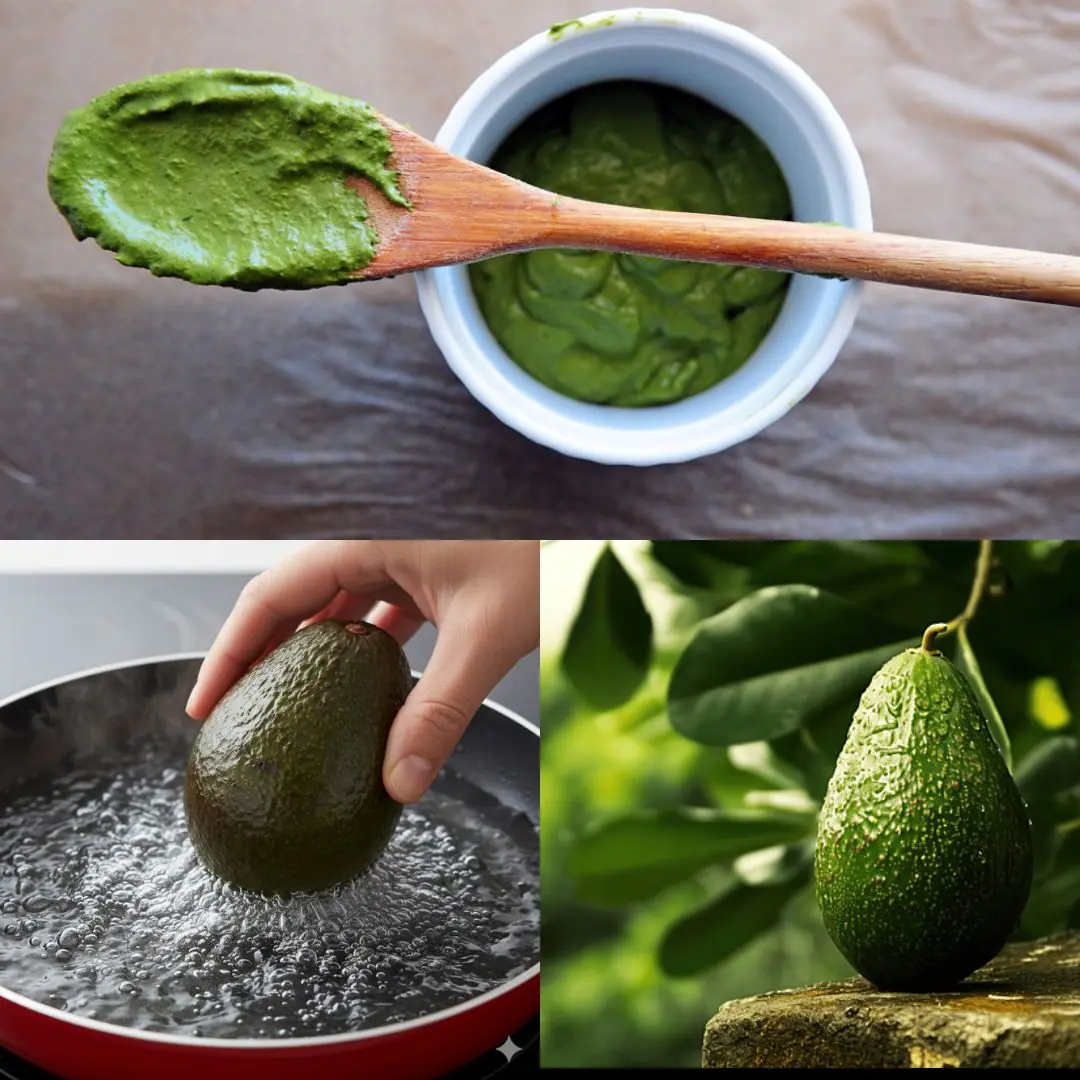
Boiling a Whole Avocado: The Secret to Softness, Nutrition, and a Delicious Baked Recipe
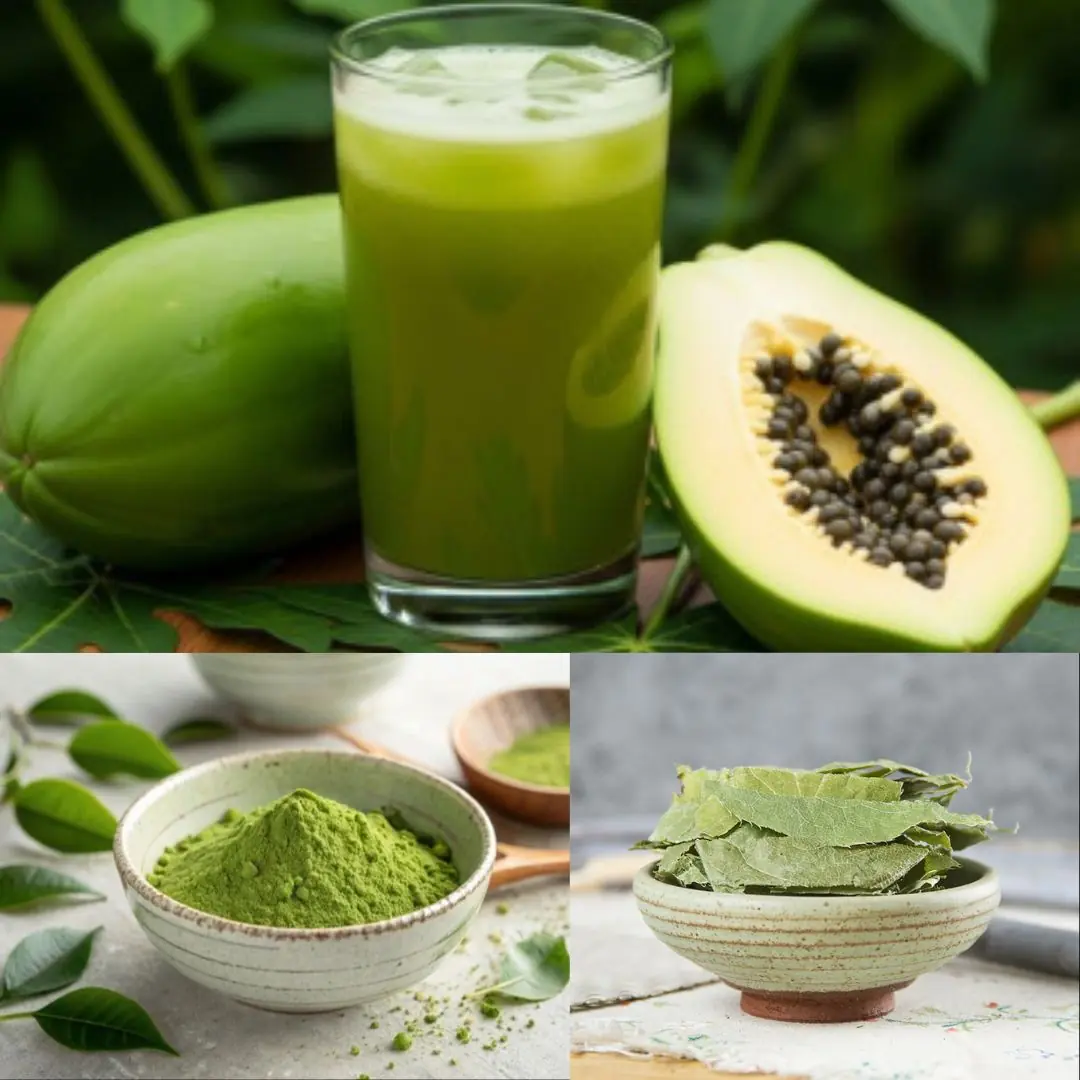
The Hidden Healing Power of Papaya Leaves
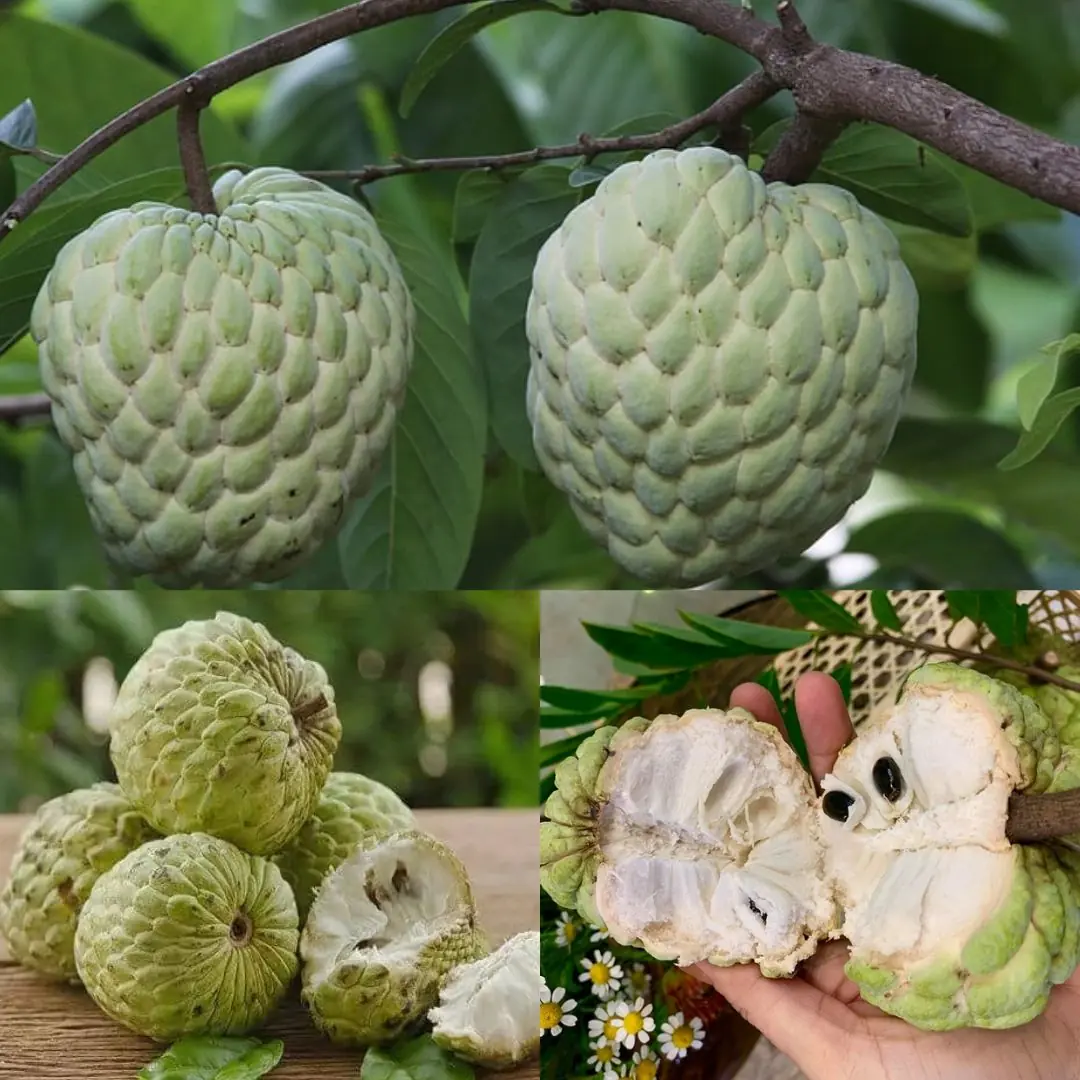
Sugar Apple (Annona squamosa): A Sweet Fruit with Powerful Health Benefits

25 Worrying Signs Your Body Is Trying to Warn You of Serious Health Problems (and What to Do About Them)
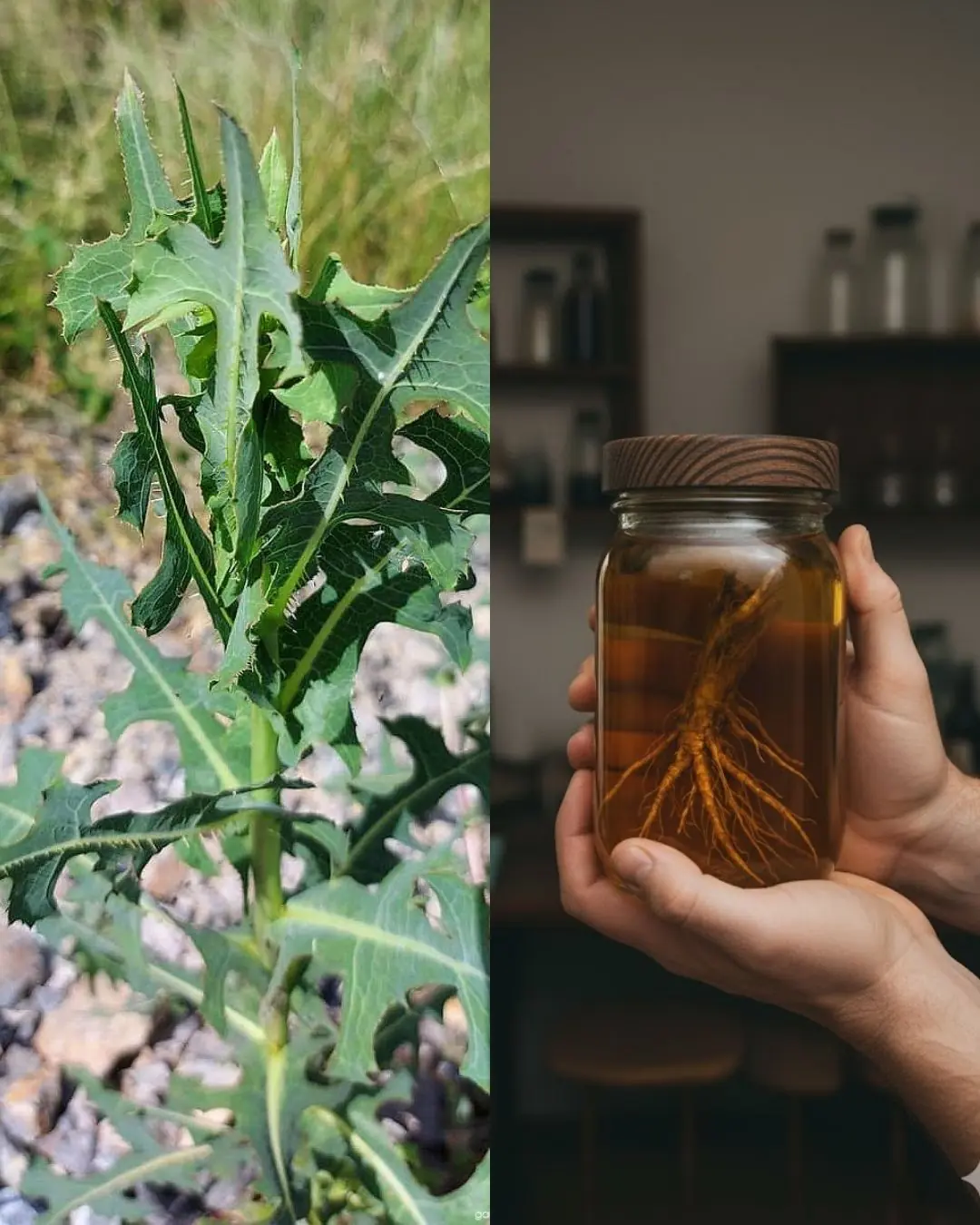
The Hidden Power of Lactuca serriola Root (Prickly Lettuce Root)
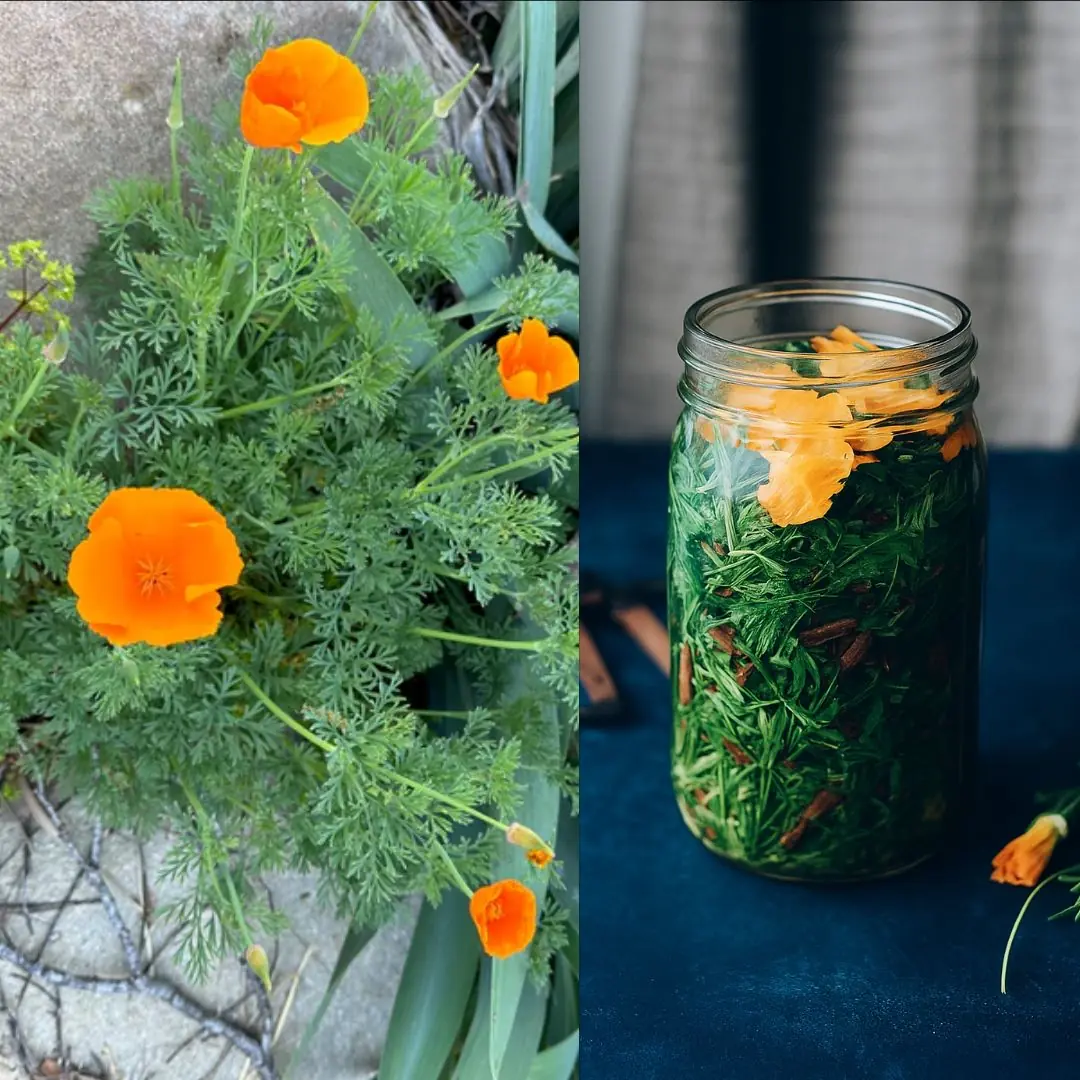
California Poppy: Nature’s Gentle Remedy for Relaxation and More
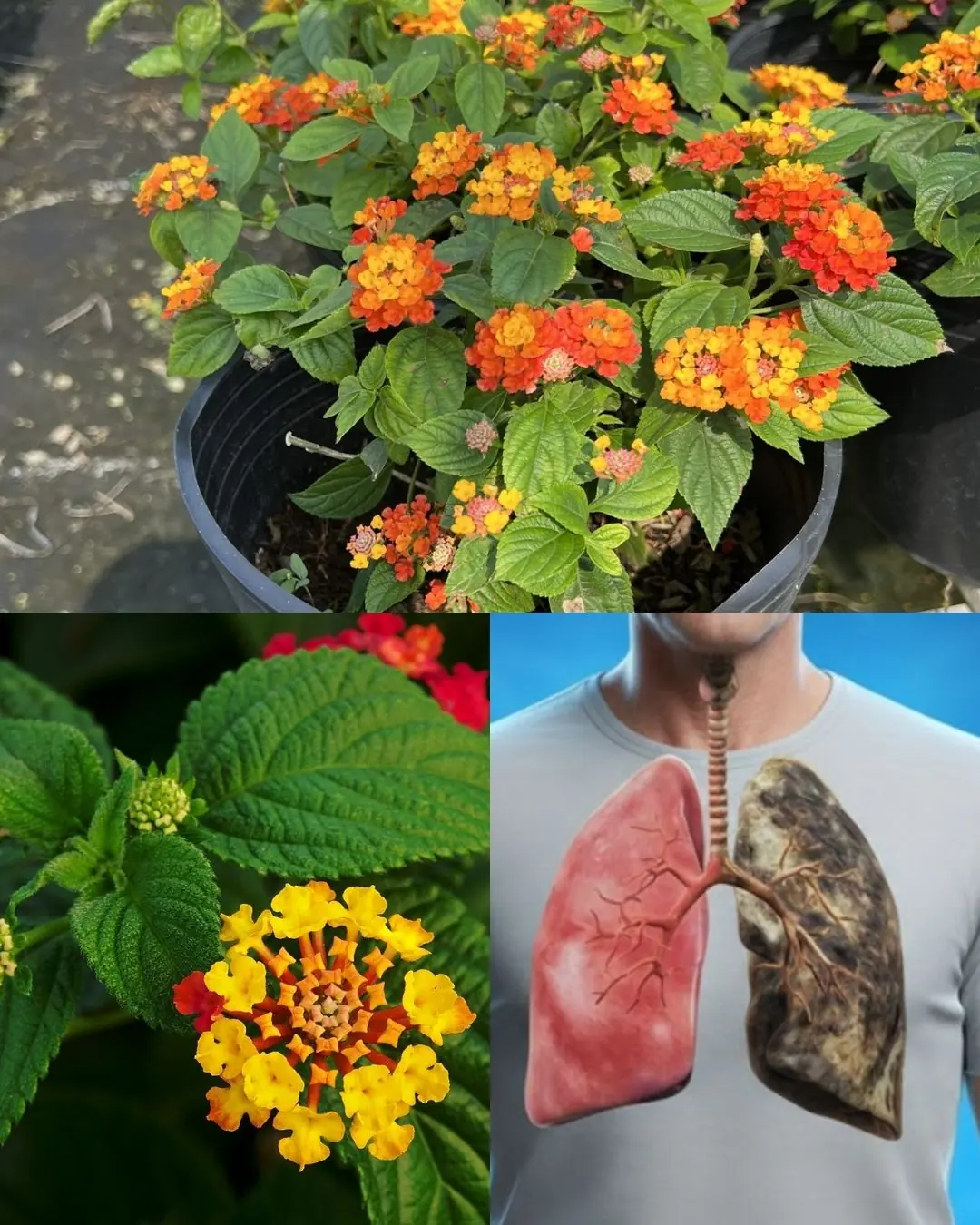
The Hidden Power of Common Lantana (Lantana camara): What You Can Safely Do with It at Home
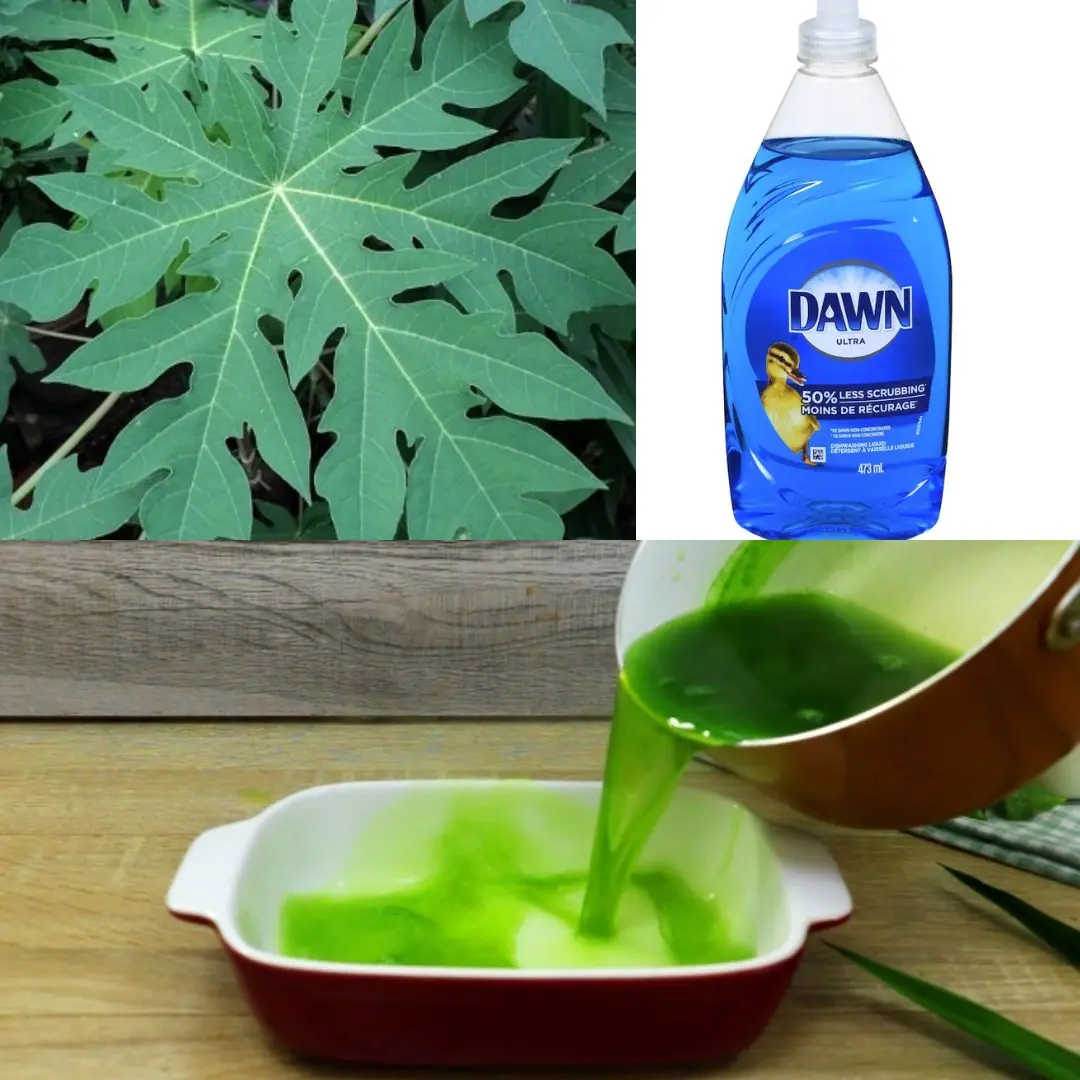
Turn Papaya Leaves Into a Powerful Homemade Detergent
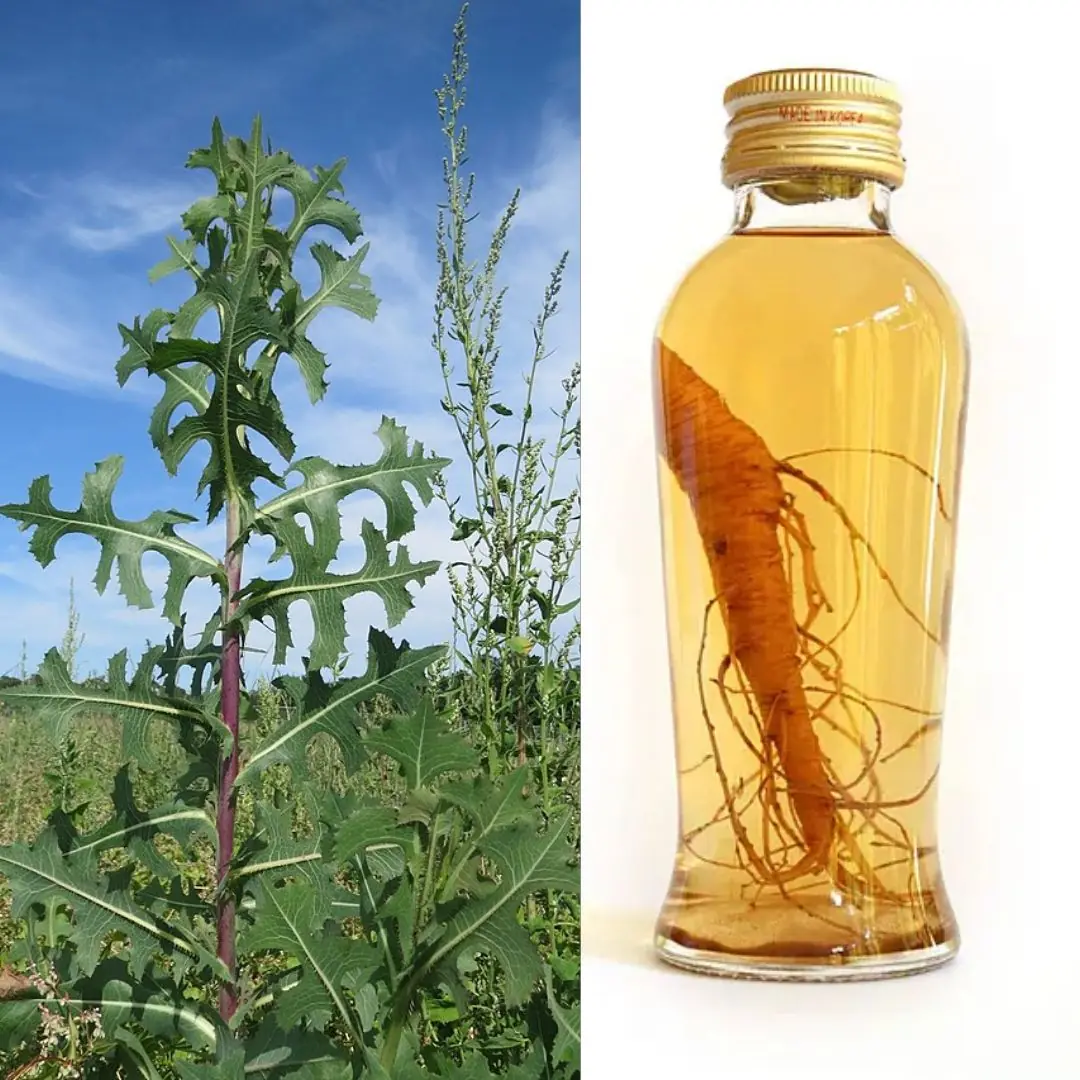
Wild Lettuce Root – Benefits, Uses, and Natural Pain Relief Properties
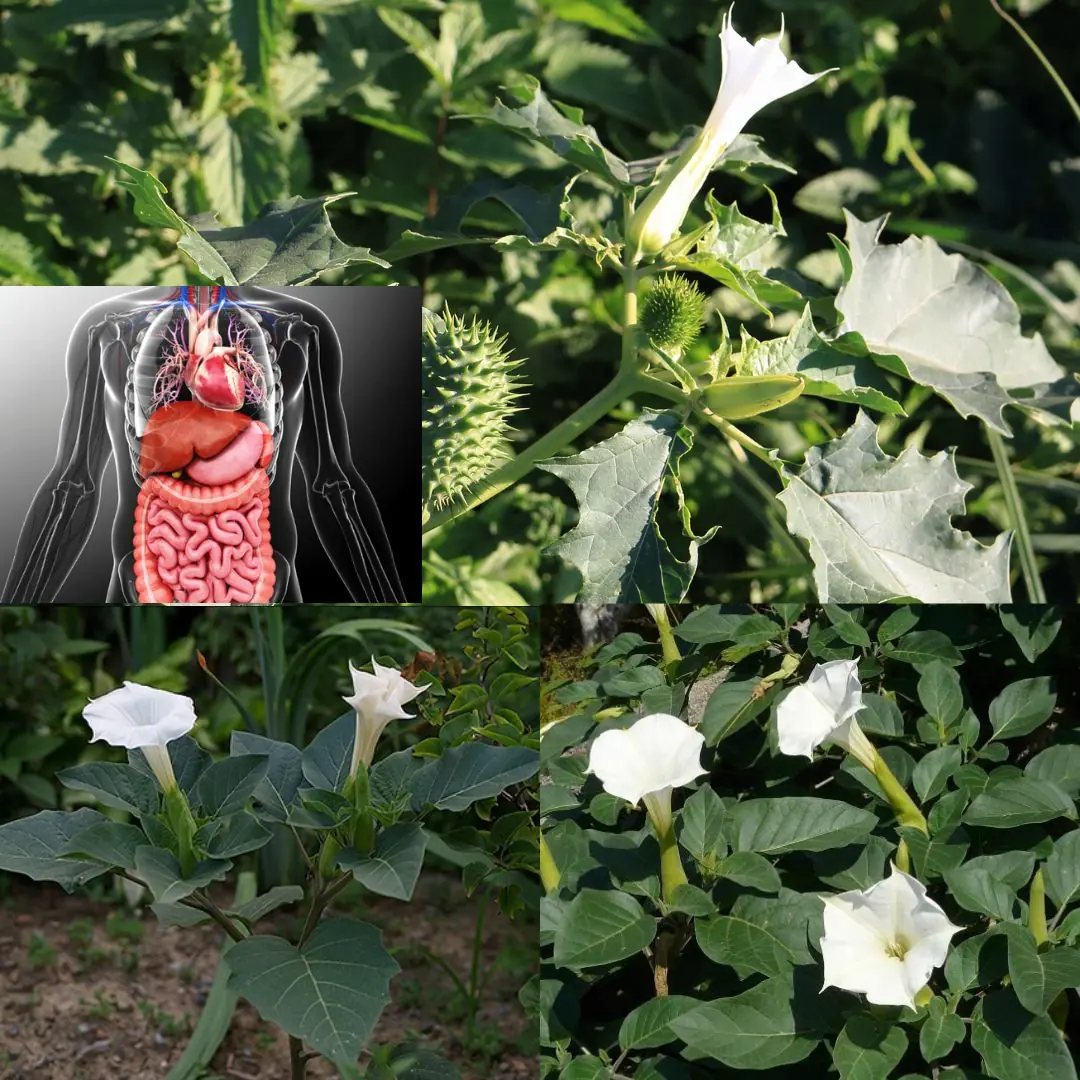
The Datura Genus: Why You Should Keep Your Distance from These Toxic Plants
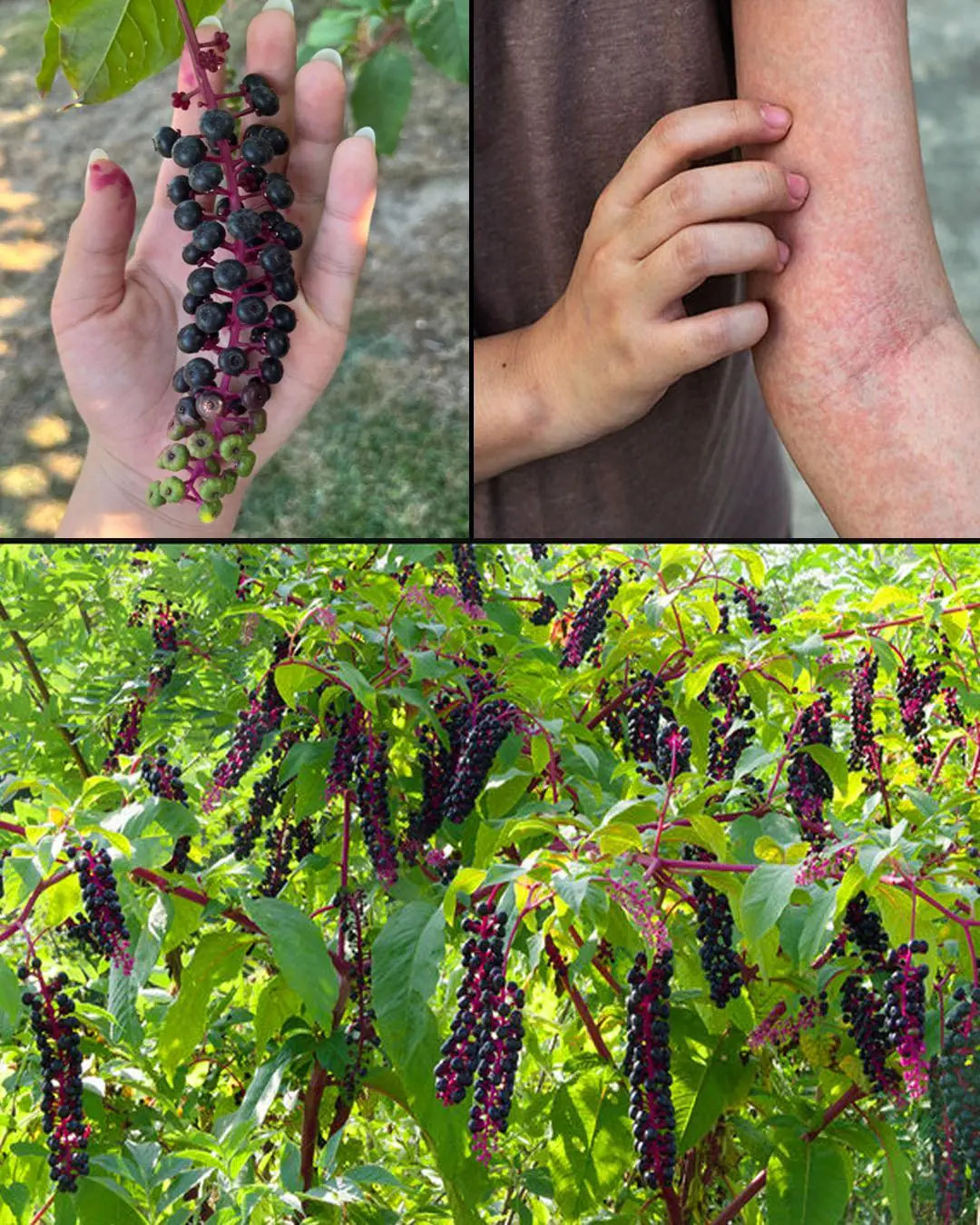
Pokeweed: The Attractive but Highly Toxic Plant Growing in Your Backyard
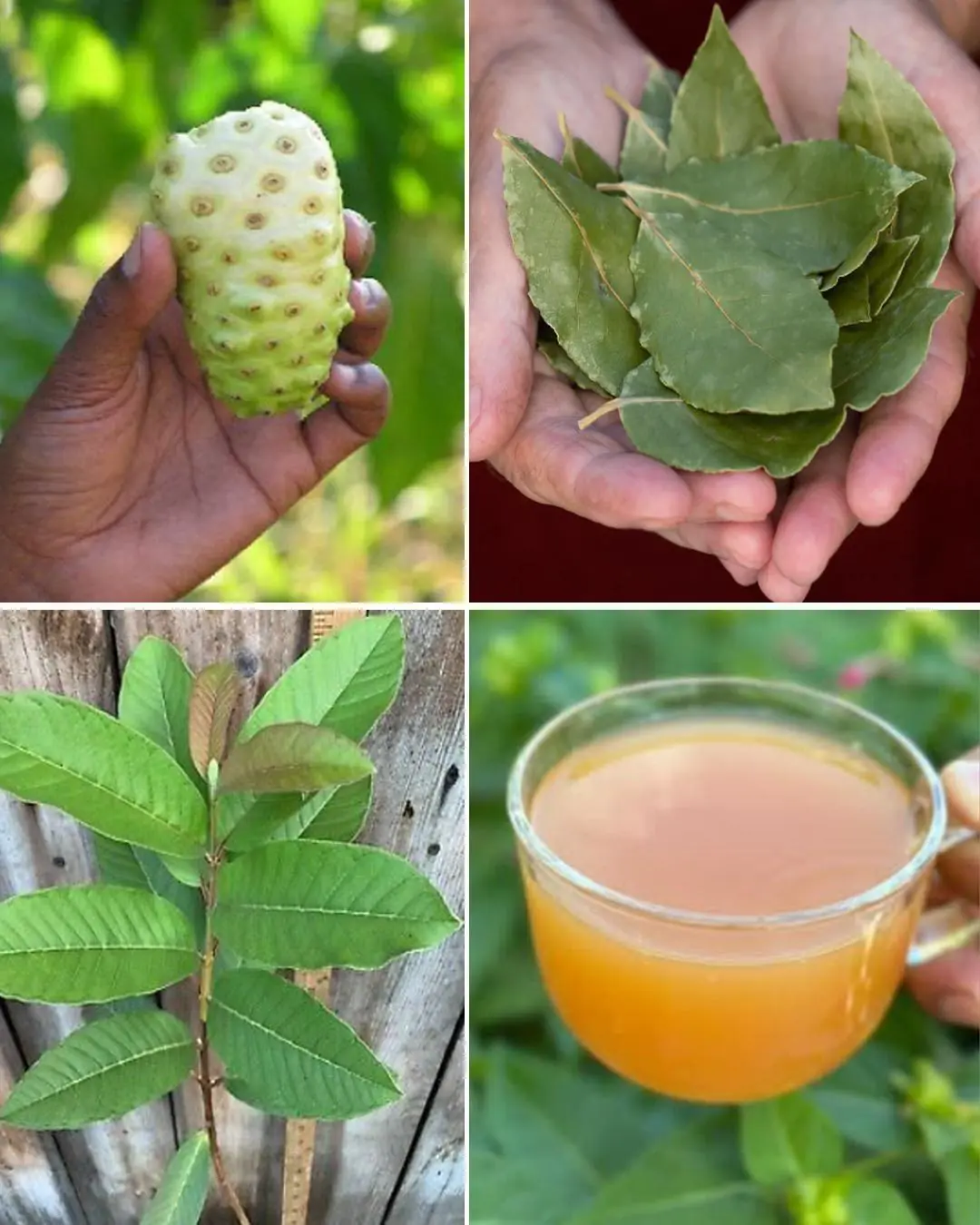
The Ultimate Healing Tonic: A Powerful Drink to Combat Swollen Feet, Diabetes and Poor Circulation
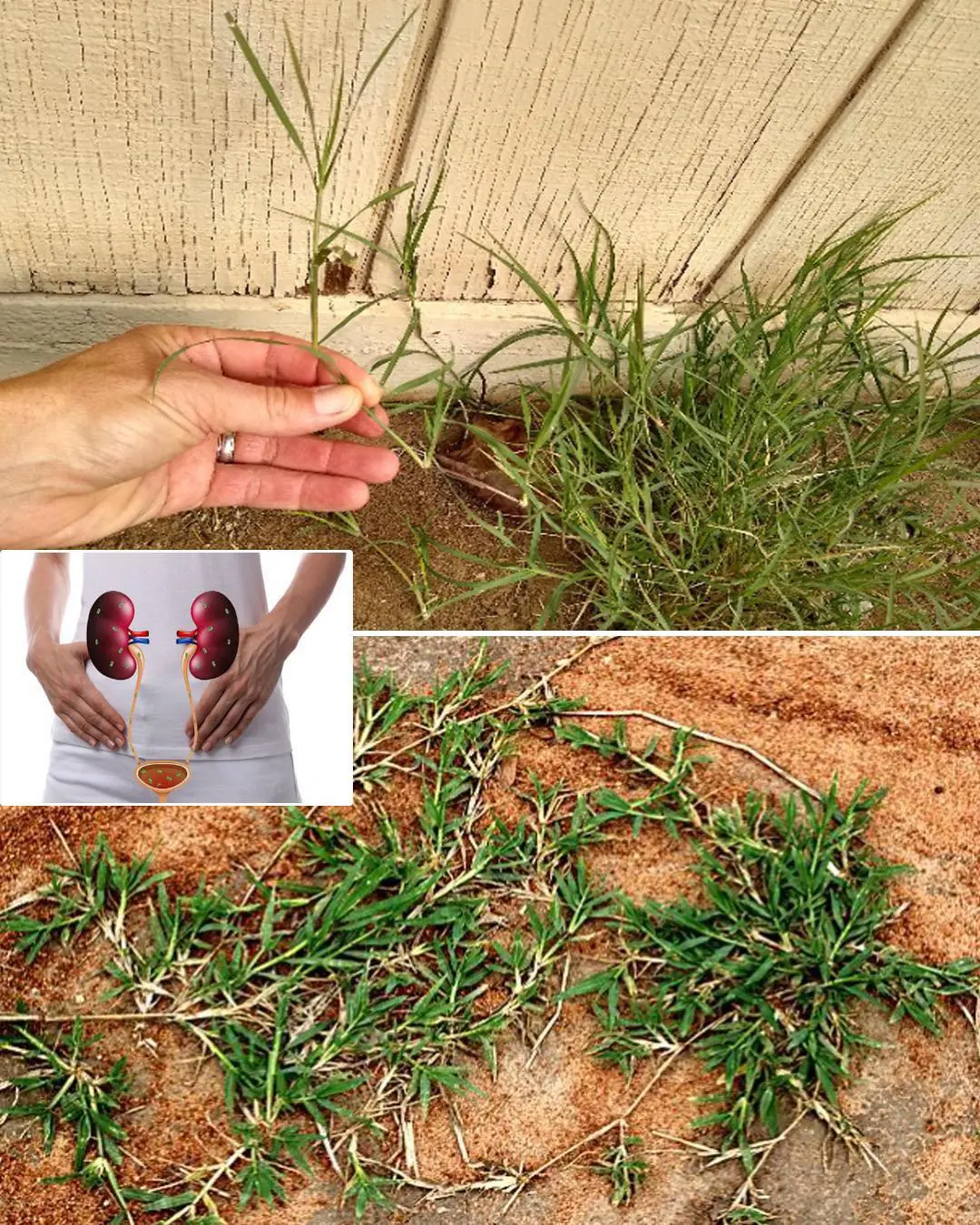
Cynodon dactylon (Bermuda Grass): Benefits and Uses
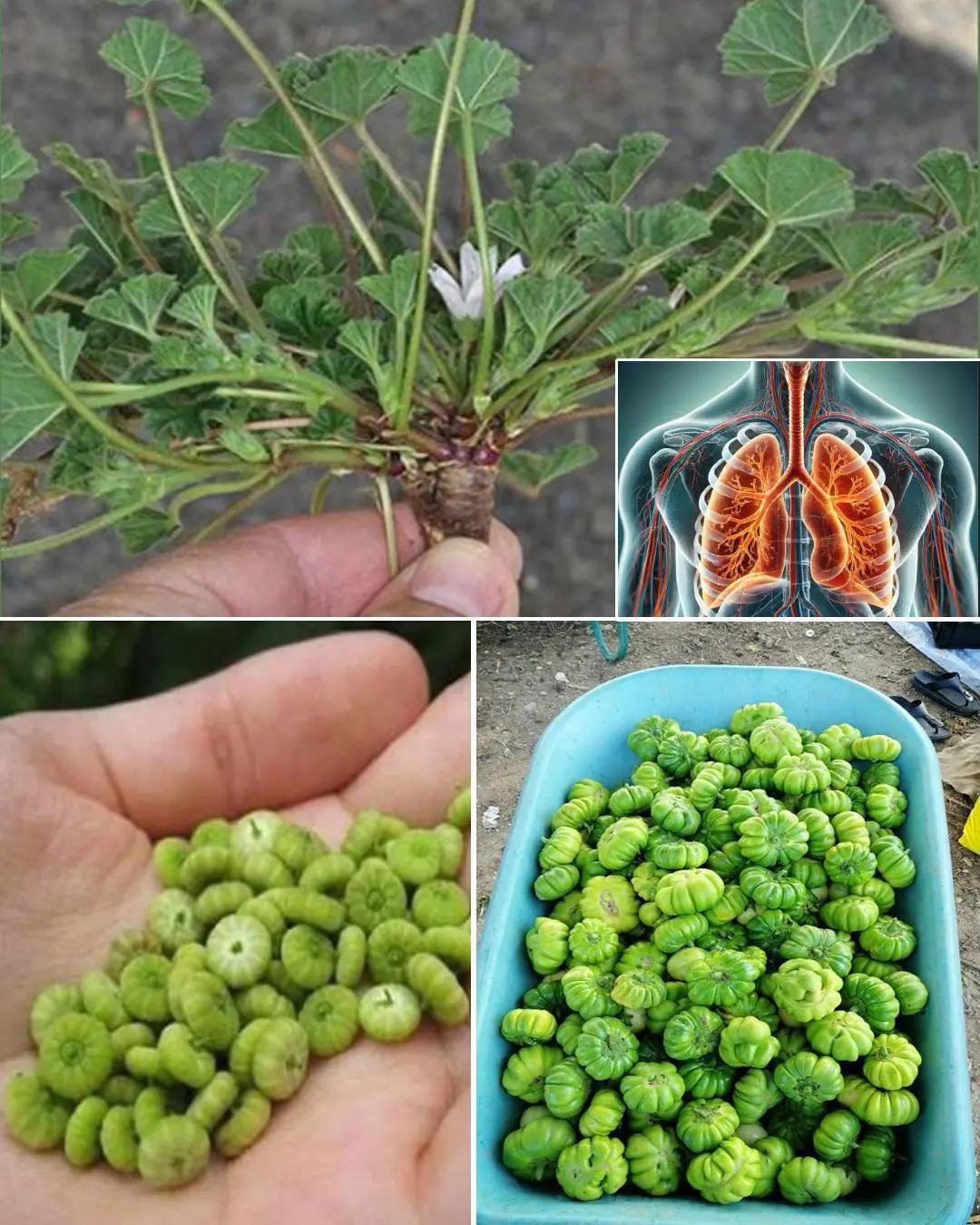
Exploring the Health Benefits of Common Mallow: A Nutritional Powerhouse
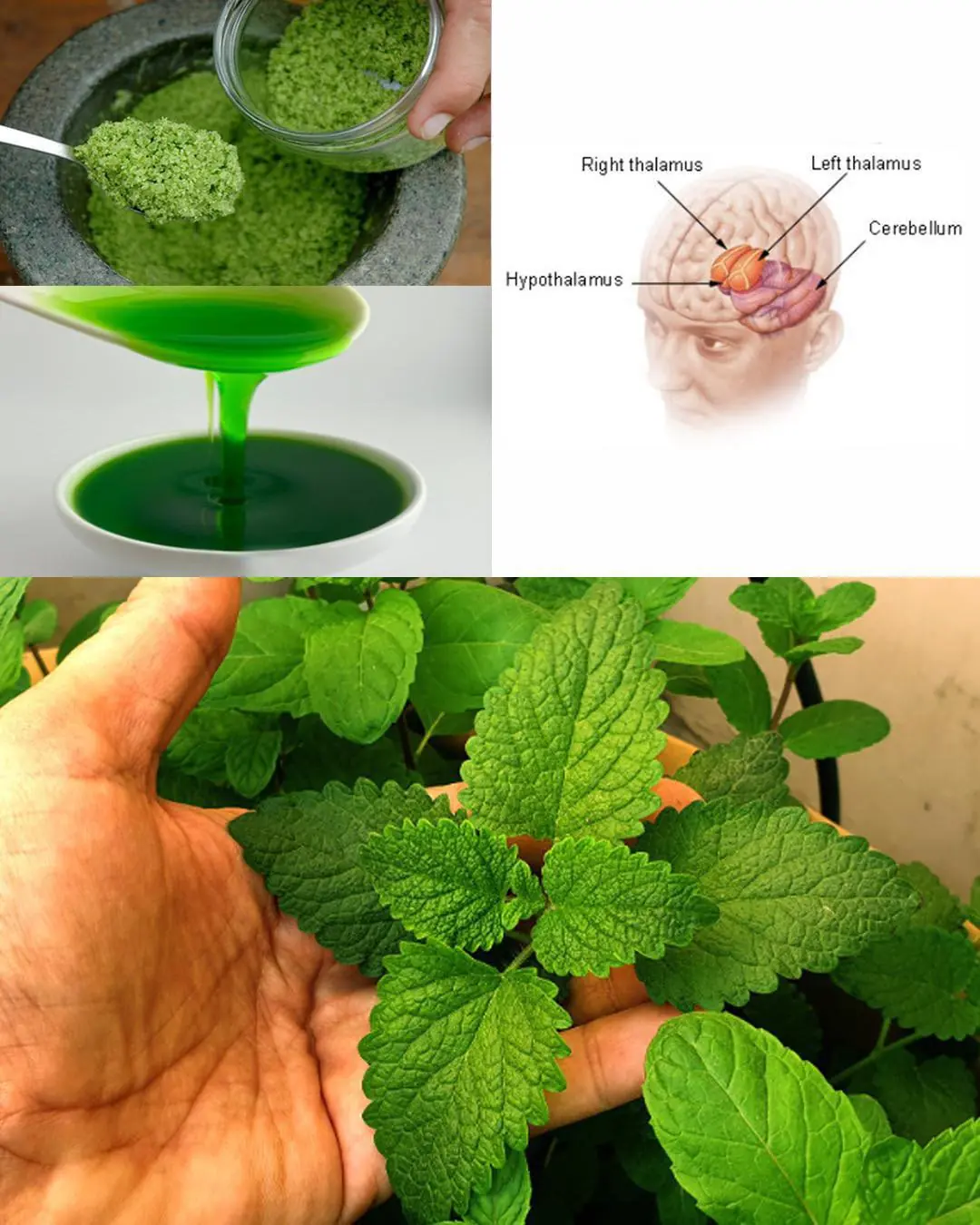
Mint: The Miracle Herb for Health, Healing, and Refreshment
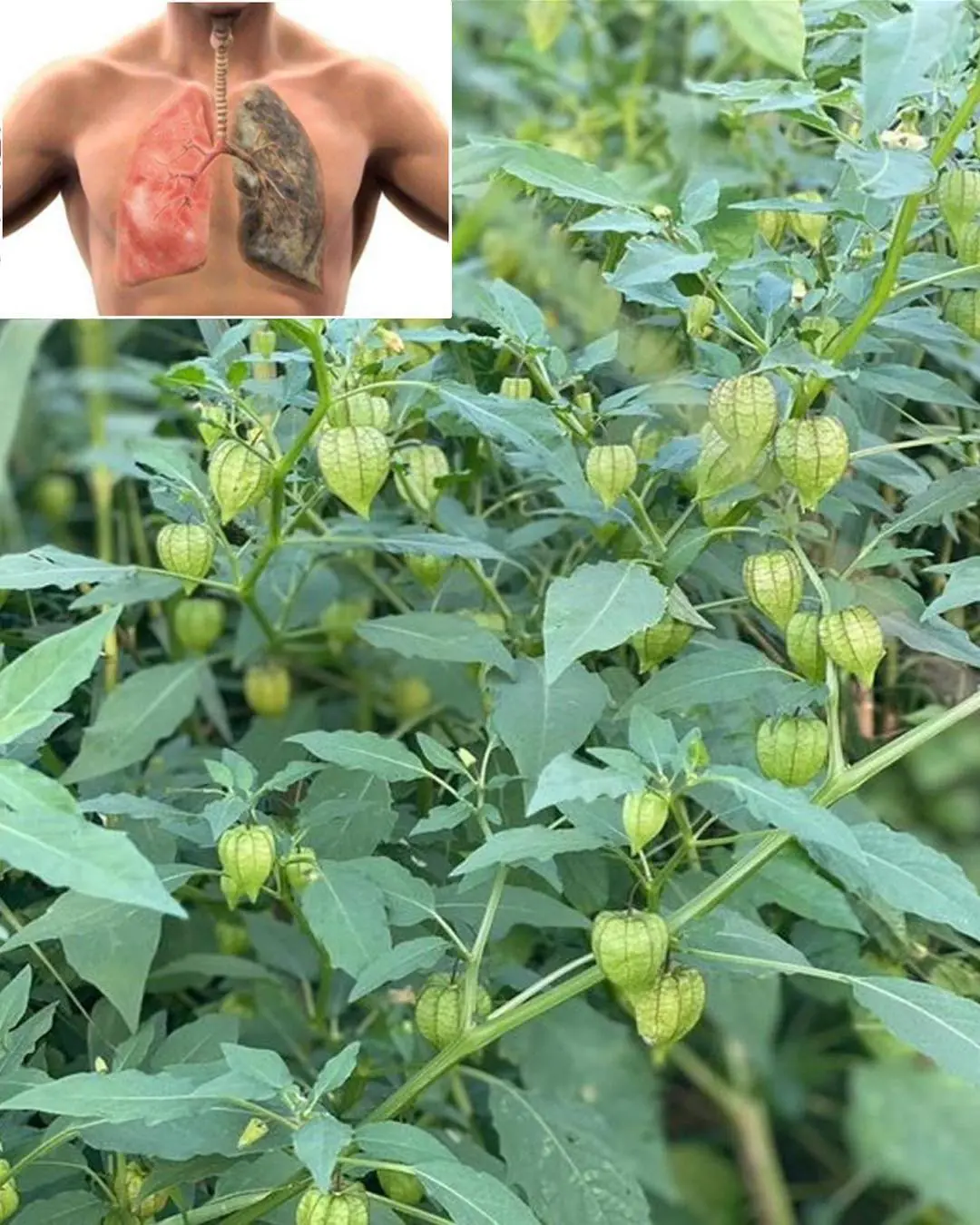
Goldenberries (Physalis peruviana): A Nutrient-Packed Powerhouse for Health and Vision
News Post

The Powerful Health Benefits of Papaya Seeds: Why You Should Include Them in Your Diet

The Wonderful Hazel Tree (Corylus avellana): Nutrition, Healing, and Traditional Uses of Every Part

Boiling a Whole Avocado: The Secret to Softness, Nutrition, and a Delicious Baked Recipe

The Hidden Healing Power of Papaya Leaves

Sugar Apple (Annona squamosa): A Sweet Fruit with Powerful Health Benefits

If you find a centipede at home, here is what it means...

Why We Feel That Little Electric Sh0ck When We Touch Another Person—Science Explains

If a Man Doesn’t Appreciate You, Here’s What You Should Do

25 Worrying Signs Your Body Is Trying to Warn You of Serious Health Problems (and What to Do About Them)

The Hidden Power of Lactuca serriola Root (Prickly Lettuce Root)

Why You Should Stop Waking Up to Urinate
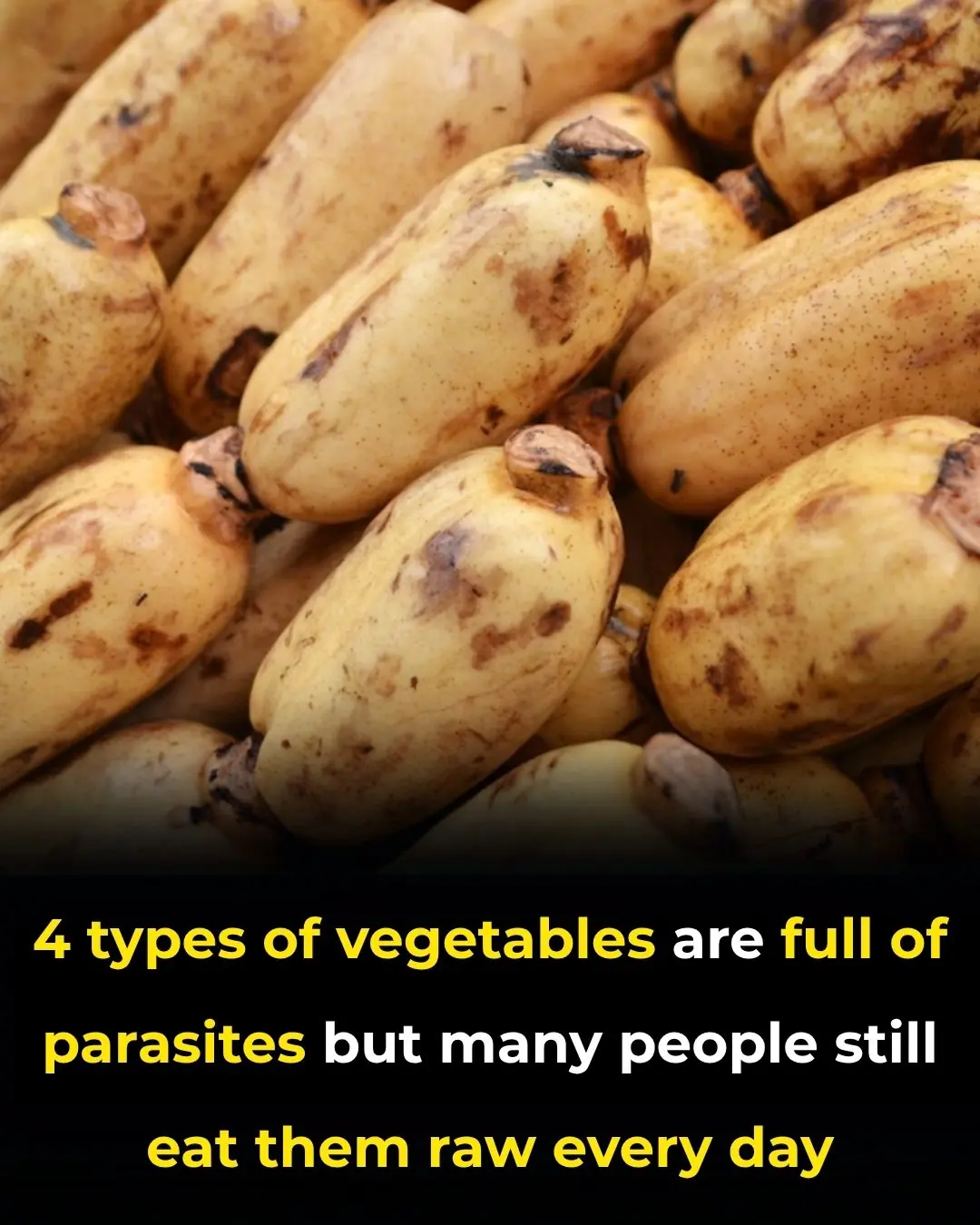
4 types of vegetables are full of parasites but many people still eat them raw every day

Hidden Dangers in Your Mouth: Early Signs of Oral Cancer

7 Signs of Arthritis You Shouldn't Ignore

California Poppy: Nature’s Gentle Remedy for Relaxation and More

What is its purpose. see details

When a woman stops loving a man, she begins…

5 hygiene mistakes that many people make... but no one dares to talk about...
